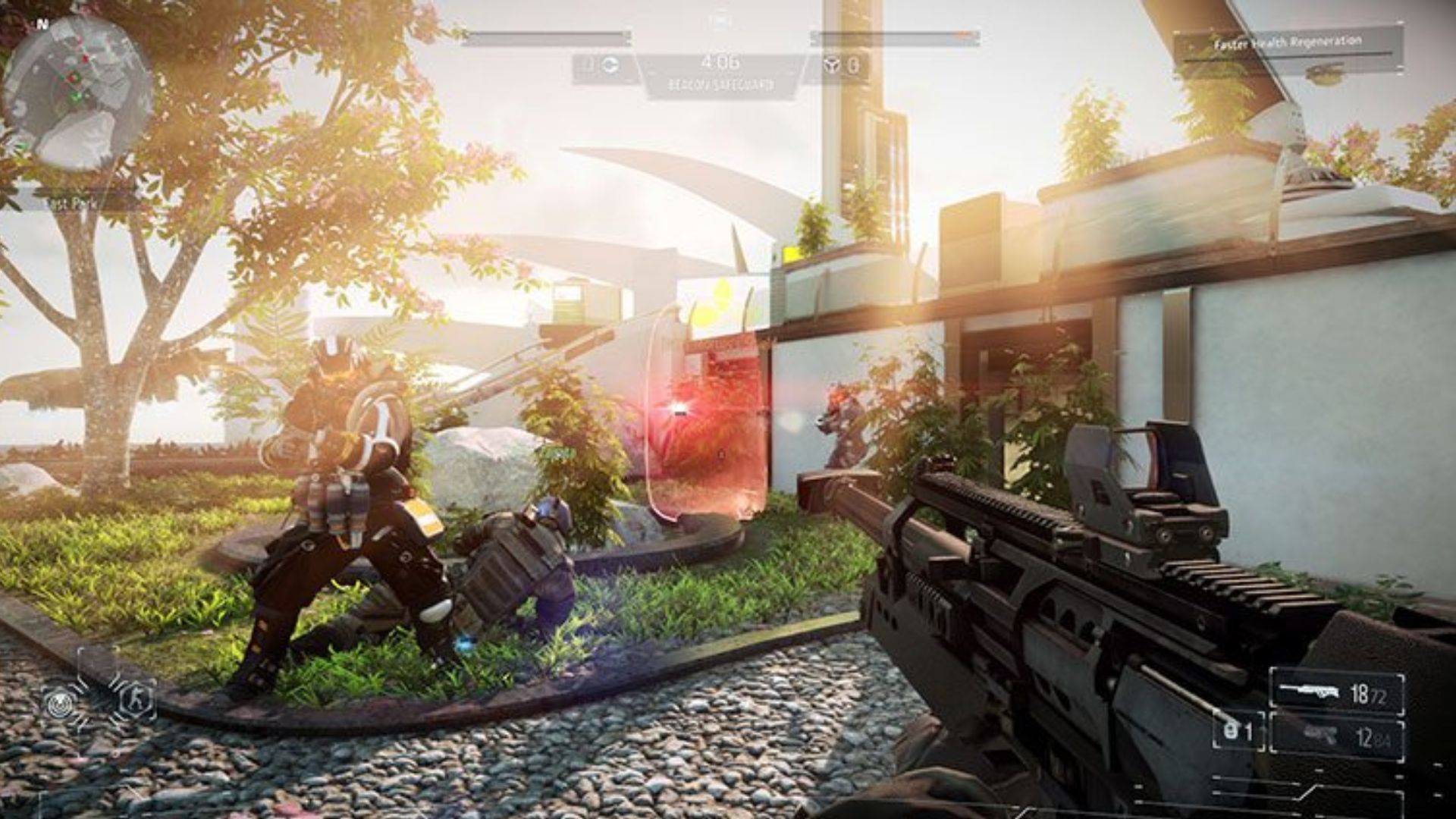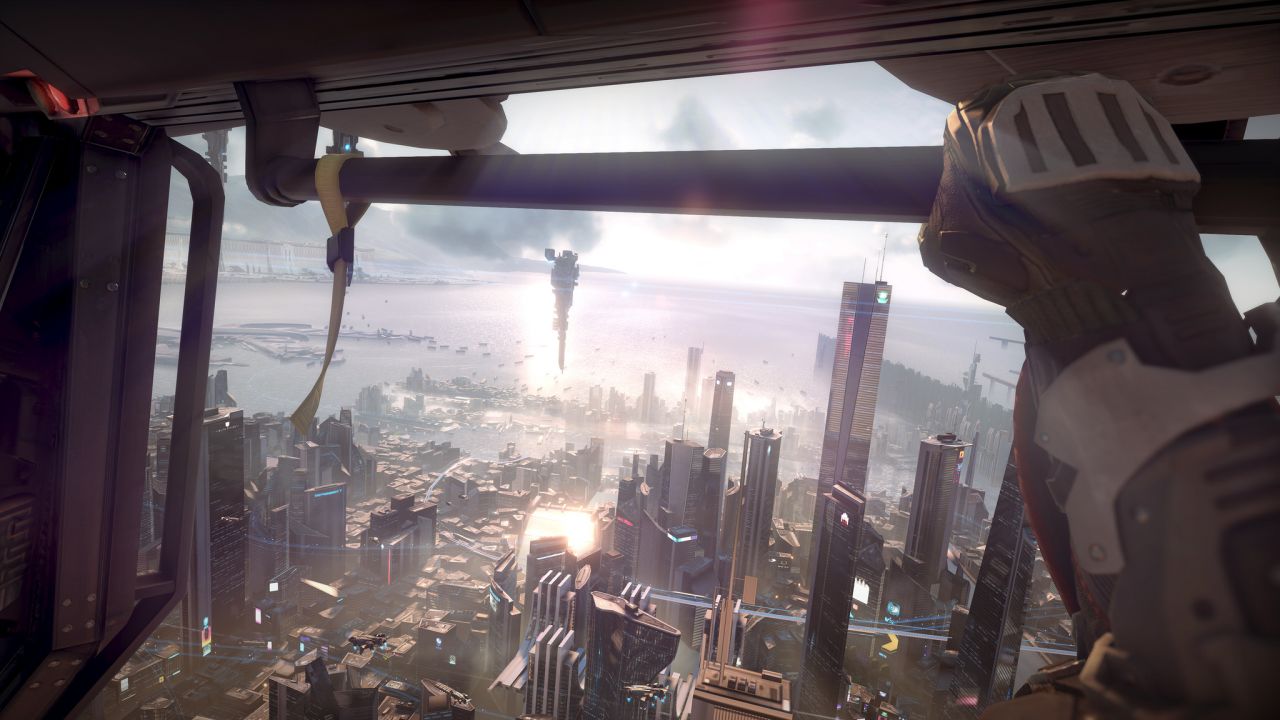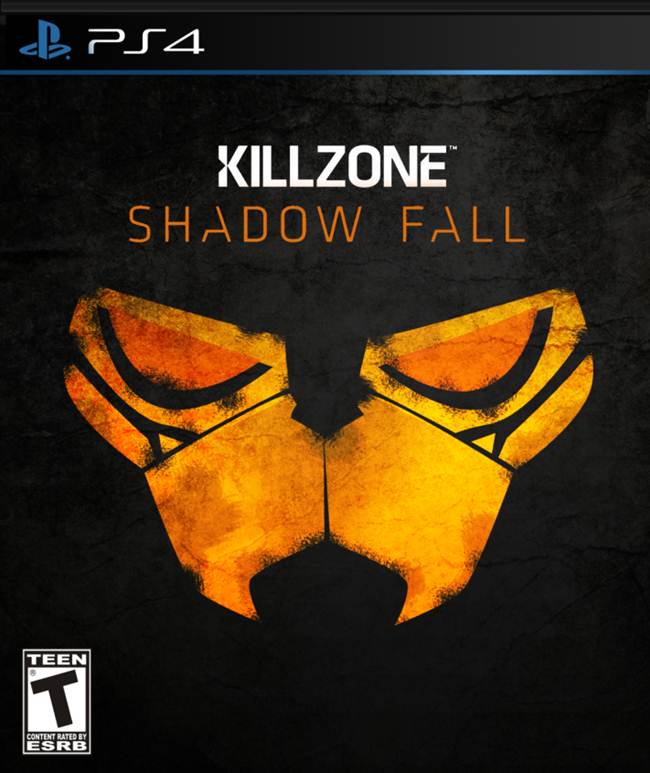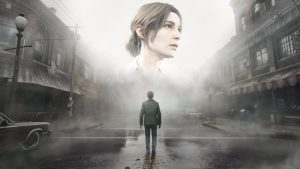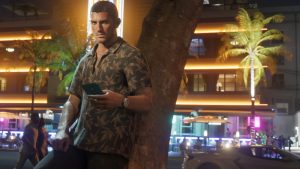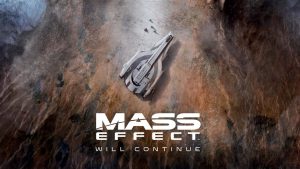
PlayStation 4 launch title Killzone Shadow Fall released alongside Sony’s eighth generation console in November 2013, and perhaps owing to the exhilarating bombast of Killzone titles prior, Shadow Fall swiftly propelled beyond a million sales, capping out at 2.4 million units sold by March 2014. Guerrilla Games have since gone on to stratospheric success with Horizon Zero Dawn and Horizon Forbidden West in the years since the last Killzone title, all but abandoning their futuristic post-war first-person shooter.
What they achieved with Killzone Shadow Fall is still commendable some ten years later though; the gorgeous visuals, crafted inside Guerrilla’s in-house Decima game engine, still hold up today. Crumbling ruins and glistening skyrise chrome and glass mingles beautifully with verdant citywide forestry. Open-ended level design provides the perfect foundation for non-linear mission structure. Players were free to tackle mission objectives in a multitude of ways providing deep strategic control beyond the limits of typical FPS titles. Elsewhere, player movement is smooth and snappy, belying Killzone’s inherent sluggishness. And new gameplay additions, most notably the hovering drone companion OWL, injected a sense of variety to the endless onslaught of high-octane action Killzone titles were known for.
Well, that high-octane action expected in a Killzone game was largely absent in Shadow Fall, replaced instead by an emphasis on stealth. When action set pieces do occur, they’re largely forgettable – shooting stuff from a moving vehicle, inexplicably free falling between buildings, and shooting more stuff from more moving vehicles. There’s a sense Guerrilla phoned in the latter half of the game in order to keep to launch title timescales.
The universe crafted by Guerrilla for this sequel was filled with interest. The premise, one whereby warring factions now inhabiting the same planet – albeit separated by giant wall – has plenty of intrigue, with potential for in-depth commentary on political and social issues surrounding the game’s narrative. At the end of Killzone 3, the Vektan’s destroy the Helghan homeworld and condemn their populous to refugeeism. Then, to set up Shadow Fall’s premise, they offer salvation to the Helghan refugees by giving up half of their home planet for them to colonise. Thing is, the Helghan’s aren’t too thrilled with this arrangement and systematically hunt down any Vektan citizens before they have a chance to exit beyond the wall to their own half-planet.
A tense cold war scenario threatens to spill into full-scale conflict, exacerbated by terrorist group ‘The Black Hand’s’ bomb attack on the VSA Headquarters, triggering an exodus of Helghast citizens living on the Vektan side of the wall. However, the continuous bait switch recasting Helghans as refugees, invaders, dangerous oppressors, and sleeper cells only serves to muddle up the narrative. Sure, adjusting the purpose and intent of the Helghan’s to support the game’s requirement to kill them is all well and good, but it does little to service Killzone Shadow Fall’s story.
The contradictions don’t end there either. How is it that once player character Lucas Kellan infiltrates the Helghan half do we see a society in destitution? ‘Sanctions’, is the game’s response, but don’t the Helghan’s possess their own economic autonomy? They have an entire half of a planet, presumably rife with natural resources, fertile land, and a skilled workforce, to ensure their population live in comfort. This world rife with believable promise is quickly unravelling into the nonsensical. The Vektan’s and Helghan’s are both oppressors and oppressed, invaders and invaded, fighting a futile war which they both simultaneously want to happen and wish to avoid.
Further along in the game’s narrative, we discover the Helghan homeworld isn’t in fact totally destroyed, and that an antagonist from the previous game is holed up there with a secret army and access to an awful bioweapon. How, why, and for what? How is there significant manpower still present on a planet reportedly deserted by its refugee population, and more importantly, who’s financing all this? How can one bad guy get this operation off the ground? The Helghan’s – as we’re led to believe – are poor. Their population lives in squalor whilst a behind-the-scenes army amasses ready to clean the divided planet of Vektans after the release of their specific race targeting bioweapon.
Suspension of disbelief is a pre-requisite to enjoy most media, of course, but the ground rules set out by the narrative premise must make sense in the world as constructed. Killzone Shadow Fall fails to stick to its own rules, and alongside a supporting cast of forgettable characters and the aforementioned bland set pieces, the experience by game’s end is decidedly underwhelming.
There are issues with the emphasis on stealth too, with long reloading times indicative of a game that really wants you to take your time in the shadows. The run and gun fun of prior Killzone titles is all but evaporated, and whilst a studio should always be commended for trying something new to freshen up a series, Shadow Fall’s stealth portions brought back the inherent sluggishness the gameplay and combat designers presumably worked hard to swiften up during development.
Killzone Shadow Fall’s multiplayer component was pretty robust though. The experience-driven progression unlocking stronger firepower and better loadouts of prior Killzone titles was dropped in favour of a skills-based approach. To exemplify this, all weapons for each of the multiplayer’s three classes were unlocked from the off. Tweakable rules in individual Warzone’s kept the online experience fresh, with ability to arm players with sniper rifles only, or fight to retain only one life, or include a refilling health gauge – for instance – just a handful of the adaptions to individual servers’ players can make. With 10 vast, diverse maps to explore, and Guerrilla stating a commitment to continually update online content for years, then all the ingredients were there for Killzone Shadow Fall to enjoy longevity in the online sphere.
For whatever reason though, player numbers dwindled, and Guerrilla nor Sony took steps to encourage more players back onto their servers. Indeed, the only step they did take was to introduce AI bot opponents that can at least replicate the multiplayer experience. But this isn’t the same as going up against another human; plus, enemy AI was poorly implemented in the single player campaign it probably wasn’t much better online.
Before long, Killzone Shadow Fall’s servers became a ghost town, with hardly a player taking the plunge. Perhaps owing to the runaway success of the Horizon series, Guerrilla have opted to abandon everything Killzone, instead ploughing time, money, and resources into more content for Aloy and her quests through mechanised dinosaur infested lands. By August last year, Sony and Guerrilla finally pulled the plug. Three Killzone games were turned off – PS Vita title Killzone Mercenary, VR game MIGS: Mechanised Combat League, and Killzone Shadow Fall – including online only DLC Intercept left the world for good.
It’s official: the once flagship series in Sony’s first-party offerings is no more. It’s likely Killzone Shadow Fall just came at the wrong time, with elevated expectation levied on a launch title which showcased all the graphical prowess of a next-gen title without incorporating substance or longevity. Perhaps, in the world of online multiplayer, there’s just too much competition – FPS mainstays like Halo arguably turn player heads more than Killzone, and the emerging success of the battle royale formula probably was the final nail in the coffin for Shadow Fall.
Note: The views expressed in this article are those of the author and do not necessarily represent the views of, and should not be attributed to, GamingBolt as an organization.








